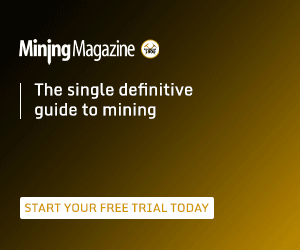This article is 6 years old. Images might not display.
Biomining is already a reality on Earth, and biomining in space could be the next step. Luis Zea, an assistant research professor in BioServe Space Technologies and the Ann and HJ Smead Department of Aerospace Engineering Sciences at CU Boulder, said: "About 15% of our copper and 5% of our gold are already extracted here on Earth using bacteria."
Biomining is a process where mined materials are placed in vats with water and specialised bacteria that extract the desired metals from the surrounding rock. It is an alternative to traditional mining, where chemicals are used to separate gold or other metals.
"[Biomining] is actually cheaper to do than regular mining," said Tadg Forward, a molecular, cellular and developmental biology senior working with Zea on the project. "You just pour water and the bacteria on the rocks, and you get a product out of it."
The team will be investigating the performance of the bacterium Shewanella oneidensis for the extraction of iron from lunar, Martian and asteroid regolith simulant under simulated reduced-gravity conditions.
Zea said that there is a huge potential financial upside to space mining: many asteroids are full of metals that are heavily used in electronics and other products but are hard to find on Earth.

"In space, there are virtually limitless amounts of some of the 44 endangered elements that could face supply limitations here in the future," he explained. "Future wars could be driven by access to them, so if we can find a new source, it helps mitigate that risk."
Zea noted that NASA is planning a robotic exploration mission in 2022 to one such asteroid, 16 Psyche, which is located between Mars and Jupiter and is estimated to contain US$700 quintillion worth of nickel, iron and precious metals.
He said: "Its value is more than the total amount of all money in circulation worldwide."
According to the researchers, mining in space could be more than just a financial boon. It could also provide an easily accessible source of metals for the construction of future space stations or deep space probes. Having access to such materials would allow structures to be built entirely in space, reducing the need for expensive launches of completed, heavy payloads from Earth.
"Space biomining may sound pretty sci-fi today, but it will be a reality in the future," Zea said. "We're uniquely positioned in BioServe to be on the ground floor of this work. We already do research on microgravity and microbiology, and this particular bacteria has been to space before, so we know it can survive in microgravity."
Zea also envisions a further environmental benefit of a future with off-world mining: the potential that Earth could be reserved exclusively for living and all heavy industry and mining could be conducted entirely in space.
In addition to Smead Aerospace and BioServe Space Technologies, the team also includes researchers from the CU Boulder Department of Geological Sciences and Department of Molecular, Cellular and Developmental Biology. It has also had assistance from Australia's Commonwealth Scientific and Industrial Research Organisation (CSIRO) and Crow Industries, a US startup knowledgeable about space in-situ resource utilisation.
























